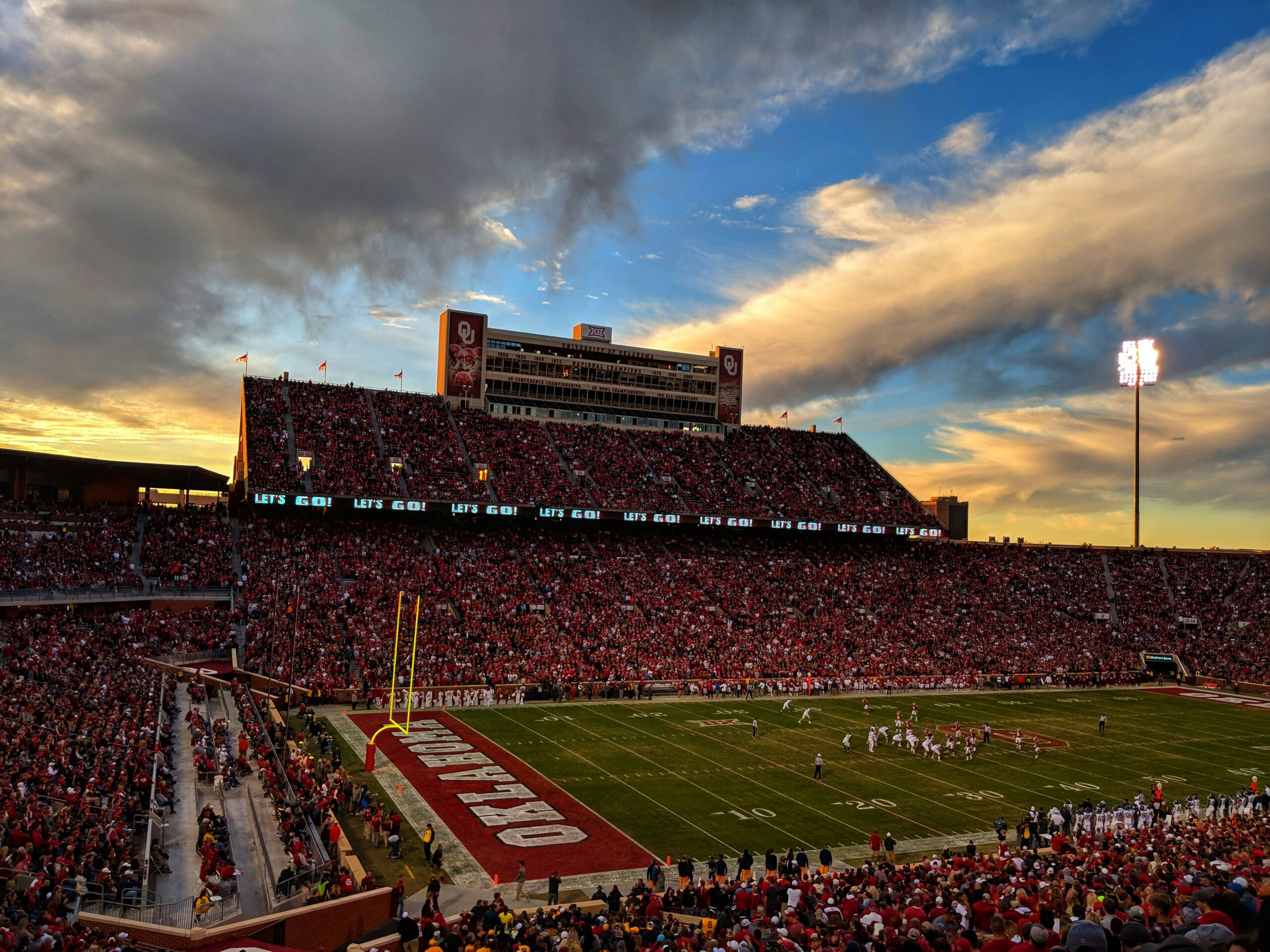How to fill a stadium: The American playbook for college sport success
The numbers behind the massive difference in the popularity of college sports in Canada and the United States, and where U of T stands among the American college giants.
Everything is bigger in America.
From cars to parking lots, houses to mansions, supermarkets to wide open spaces, it is a common stereotype that everyday aspects of American life are typically bigger compared to the rest of the world. But few things encapsulate this saying as much as the behemoth that is American college sports.
Each year, tens of millions of Americans tune in to college sports broadcasts or attend games in person, flocking to events like March Madness and the College Football Playoff. In a 2023 survey, nearly six in ten American respondents said they were an “avid” or “casual” fan of college football.
College sports make common appearances in American media, featuring in classic movies like Rudy, and in video games such as EA Sports College Football and the NBA 2K series, just to name a few. They have also gotten wrapped up in the recent sports betting craze. Ahead of 2024 March Madness, the American Gaming Association estimated that $15.5 billion would be wagered on the men’s tournament.
Suffice it to say, that the American college sports industry is a tremendous money-maker. The National Collegiate Athletic Association (NCAA), the leading organization for college sports in the U.S., raked in $1.28 billion in revenue over the 2022-23 fiscal year.
Meanwhile, post-secondary sports in Canada have a much more modest undertone. Although sports are a fundamental part of Canadian college and university life, nothing in Canadian campus culture compares to the fanaticism surrounding college sports in the U.S.
The world of U.S. college sports boasts gargantuan facilities and huge audiences to match.
A compilation by The Guardianof the 12 largest stadiums in the world lists eight stadiums in the U.S., all of which are used primarily to host university sports events. The largest of these American venues, Michigan Stadium in Ann Arbor, has an official capacity of 109,901.
Not surprisingly, college sports events in the U.S. also regularly draw in large crowds. For instance, over 90,000 football fans packed the Rose Bowl in Pasadena for the New Year’s Day matchup between the Ohio State Buckeyes and the Oregon Ducks. The game also had 21.1 million viewers on ESPN.
The University of Toronto (U of T)’s Varsity Centre only seats about 5,000. That number is down from the former Varsity Stadium, demolished in 2002, which was able to accommodate over 27,000 fans for the 44th Grey Cup in 1956.
This is despite the fact that, based on enrolment numbers, universities are smaller on average in the U.S. than in Canada. A higher proportion of Canadians study in post-secondary institutions too. In 2022, 57.5 per cent of Canadians had a college or university credential, compared to just 37.7 per cent of Americans.
It may be the case that college- and university-level sports are not as popular here simply because they are not a big part of broader Canadian culture.
Canadian post-secondary institutions could take lessons from the Americans to mimic the success of U.S. college sports. The recent explosion in popularity of NCAA women’s basketball, for instance, is due in large part to the extensive promotion of star players and inter-university rivalries. If a bigger Canadian college and university sports scene is the goal, then better coverage, more funding for athletes, big-name brand deals, and silver-screen features are the way to go.
Or perhaps Canada is just not suited to all that fanfare. After all, $1.28 billion in annual revenue is a lot to live up to.
Here at U of T, intramurals, the Tri-Campus League, and the Varsity Blues may not be “big” in the American sense, but they are nevertheless indispensable for fostering student well-being, a sense of community, and the development of students’ athletic skills and character. For now, at least, that might be enough.

